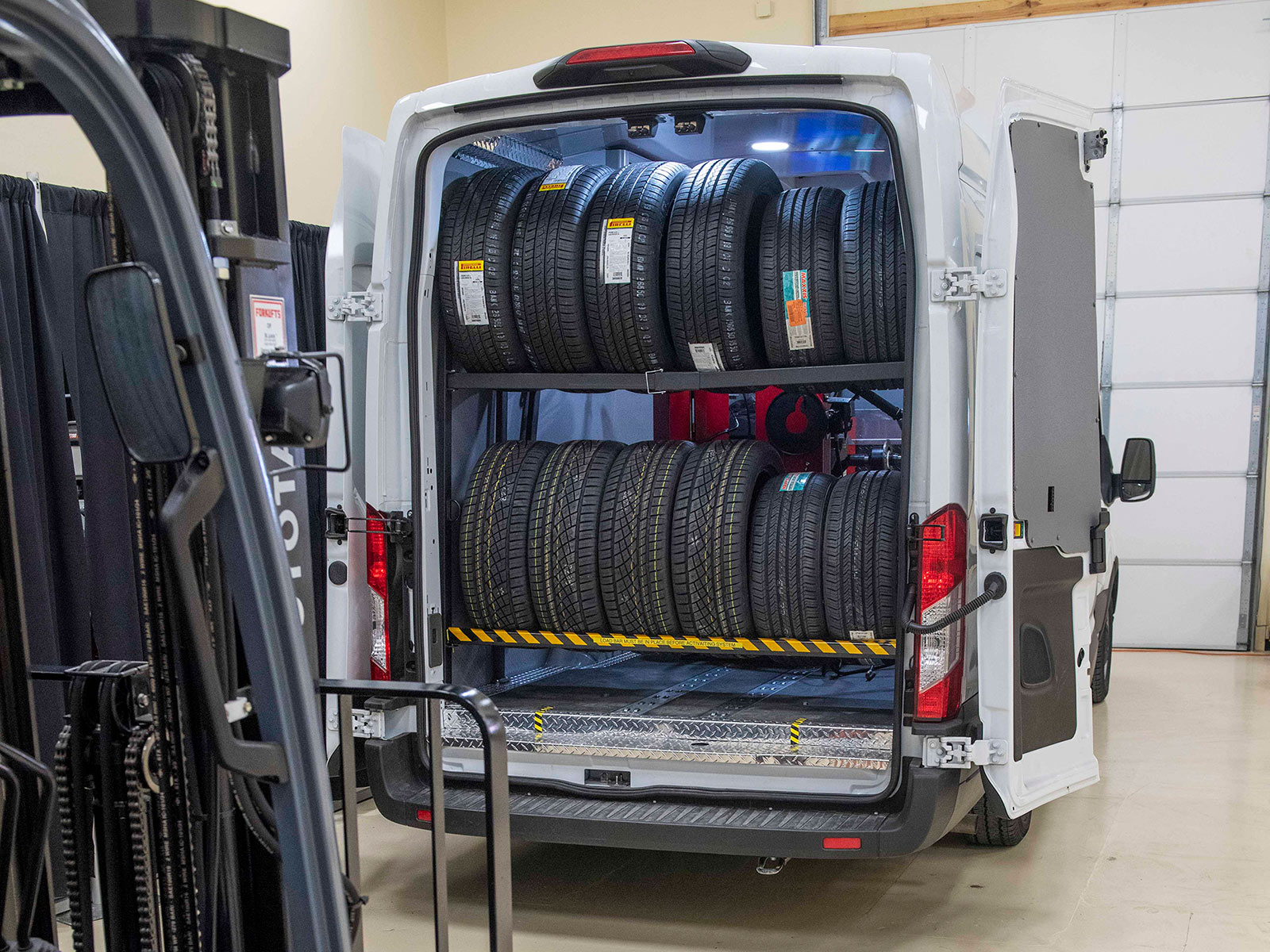Tire Solution: The Effect of Weather Problems
When it comes to making certain optimal performance and safety and security on the roadway, understanding the impact of climate conditions on tire solution is vital. GMC Tire Service. In this conversation, we will certainly check out the complex partnership between weather condition problems and tire solution, dropping light on the value of weather-specific tire upkeep practices and considerations.
Heat and Tire Performance
When revealed to high temperature levels, tires experience modifications in efficiency that can substantially affect car security and handling. The heat generated from extended driving or warm weather condition problems triggers the tire rubber to soften, leading to minimized walk life and boosted wear.

Cold Weather Condition Results
Cold climate conditions can have a substantial effect on tire efficiency and security. In cool weather condition, tires might also shed air stress a lot more rapidly, which can impact handling and fuel efficiency.
To alleviate the impacts of winter on tires, it is essential to consistently check tire stress and inflate them to the manufacturer's recommended levels. Utilizing winter or all-season tires made for cool weather conditions can likewise boost grip and grip on icy or snowy roads. Proper tire maintenance, including normal inspections for wear and damage, ends up being a lot more essential throughout colder months to ensure optimal performance and safety.
Rainy Conditions Impact
Tires with worn-out treads are more susceptible to hydroplaning, where a layer of water constructs up between the tire and the roadway surface area, leading to loss of traction. To fight this, vehicle drivers must frequently check their tires for sufficient walk deepness and consider investing in tires especially developed for damp problems.
In addition, wet weather can likewise decrease exposure, making it testing for vehicle drivers to see the road in advance plainly (GMC Tire Service). In such conditions, it is necessary to adjust driving rates appropriately and keep a secure following distance to enable abrupt stops. Effectively inflated tires can also help in maintaining control on wet roadways by supplying better handling and grasp
Snow and Tire Security
Snow-covered roadways pose special challenges for chauffeurs, highlighting the importance of proper tire option and maintenance. When driving in snowy problems, having the appropriate tires official source can make a substantial distinction in safety and performance. Winter season tires are created with unique rubber substances and step patterns to give better grip on snow and ice compared to all-season tires. The deeper footsteps and sipes of winter months tires assist hold the road much better, minimizing the risk of sliding and moving.

It is important to comply with maker directions when installing and using tire chains to stop damage to the tires and lorry. By picking the appropriate tires, maintaining proper rising read cost of living, and taking into consideration extra traction aids like tire chains, drivers can boost their safety and security when browsing snow-covered roadways.
Weather-Related Tire Maintenance
Weather-related tire maintenance encompasses an array of practices intended at ensuring optimal tire feature and durability in various weather scenarios. One key element of weather-related tire upkeep is tire pressure regulation. Inspecting tire step consistently and changing tires when step wear reaches a particular deepness is essential for maintaining grip and stability in adverse weather.
Final Thought
In verdict, climate conditions have a significant impact on tire performance and security. From heat influencing tire pressure and use to chilly climate decreasing grip, it is important to take into consideration the climate when preserving and using tires.
In this discussion, we will discover the detailed relationship in between climate conditions and tire solution, losing light my blog on the significance of weather-specific tire maintenance methods and factors to consider.
